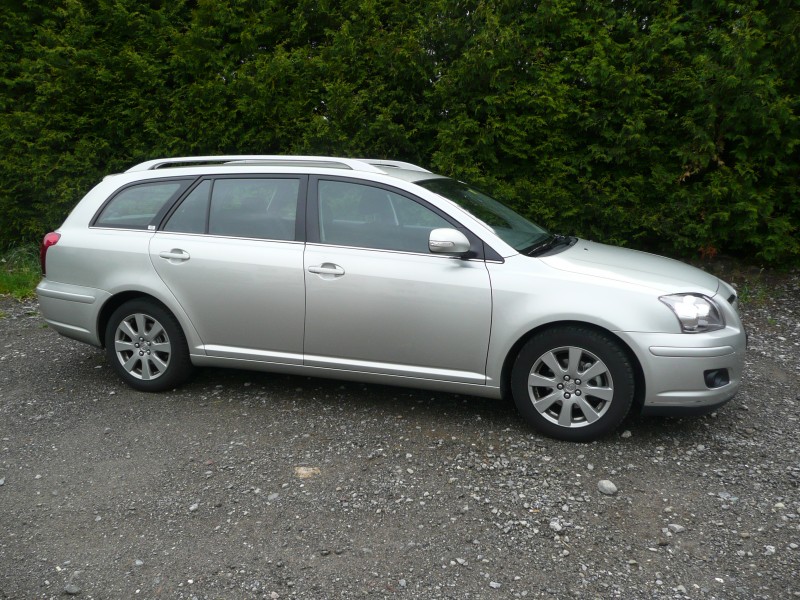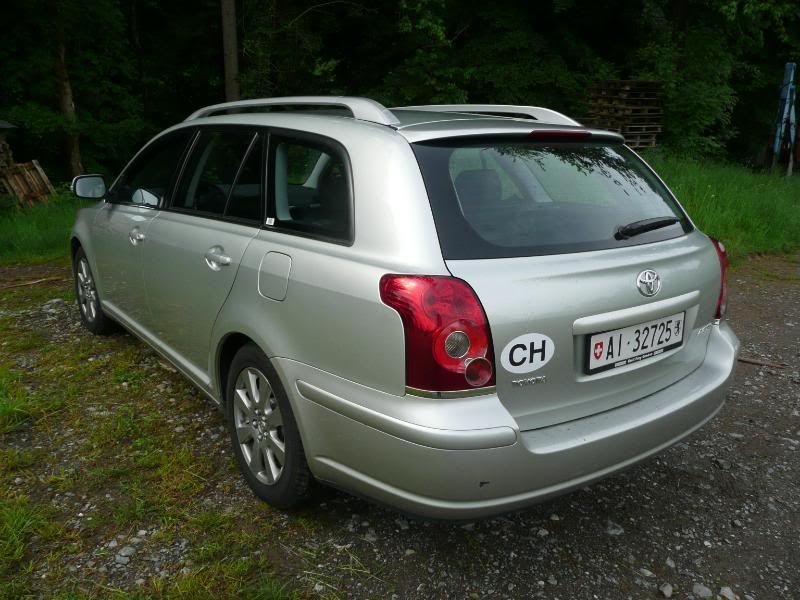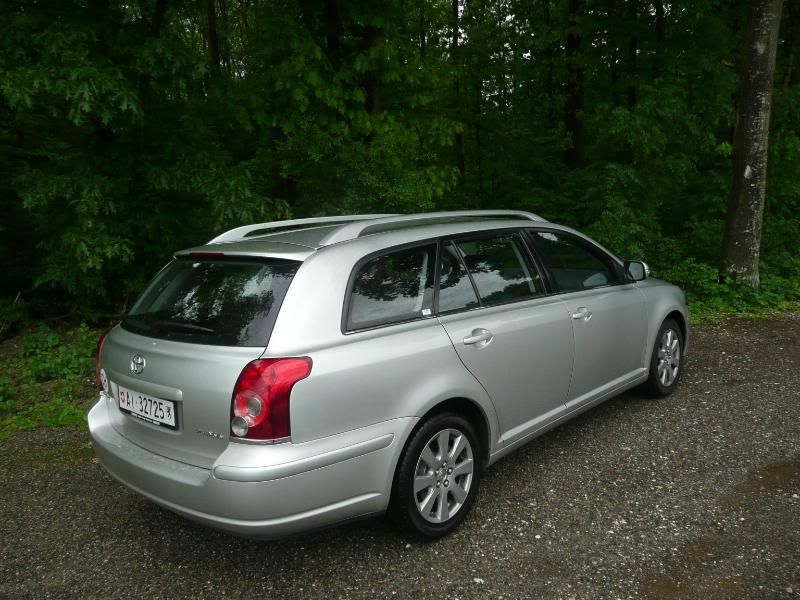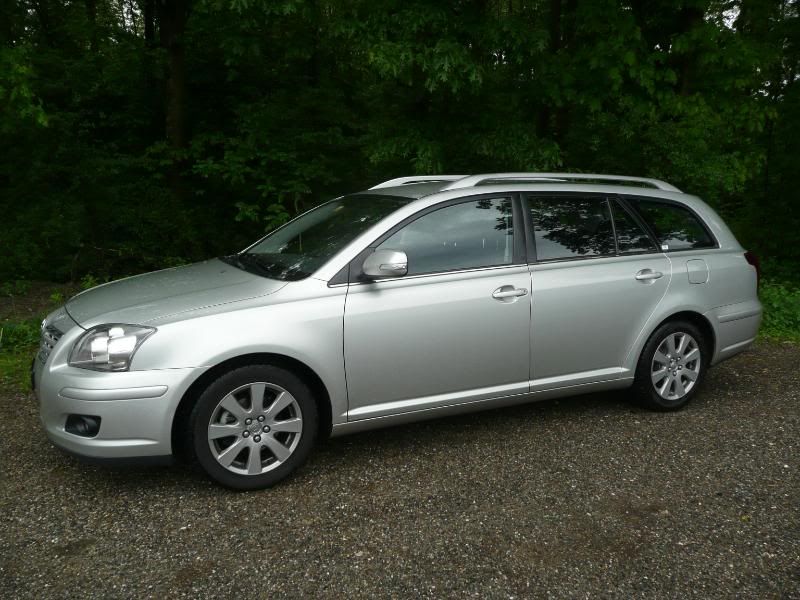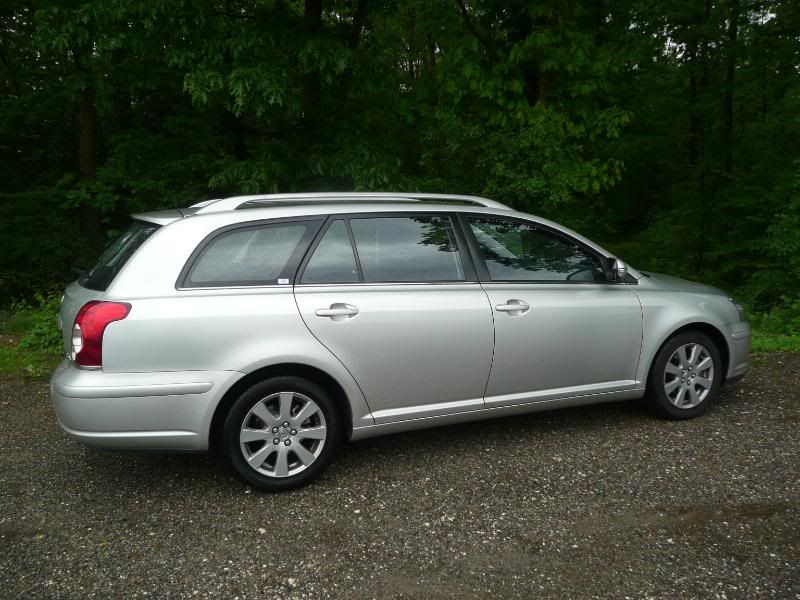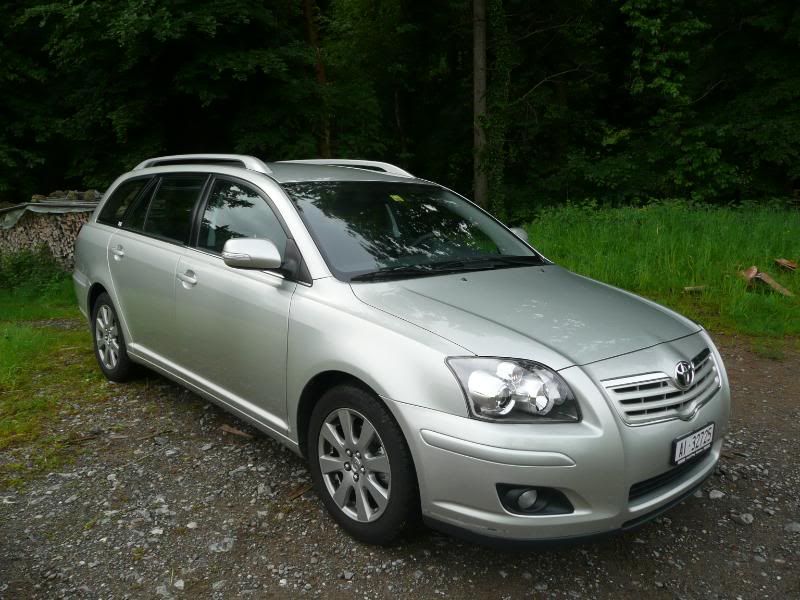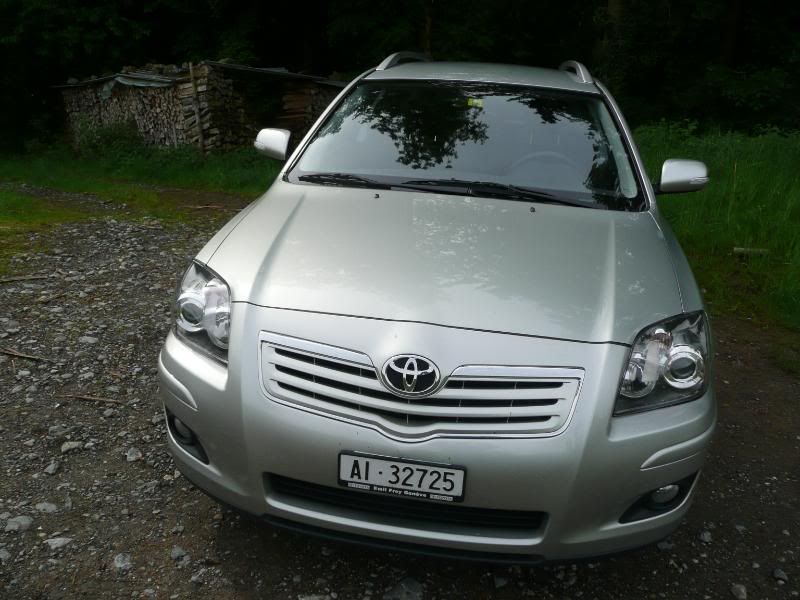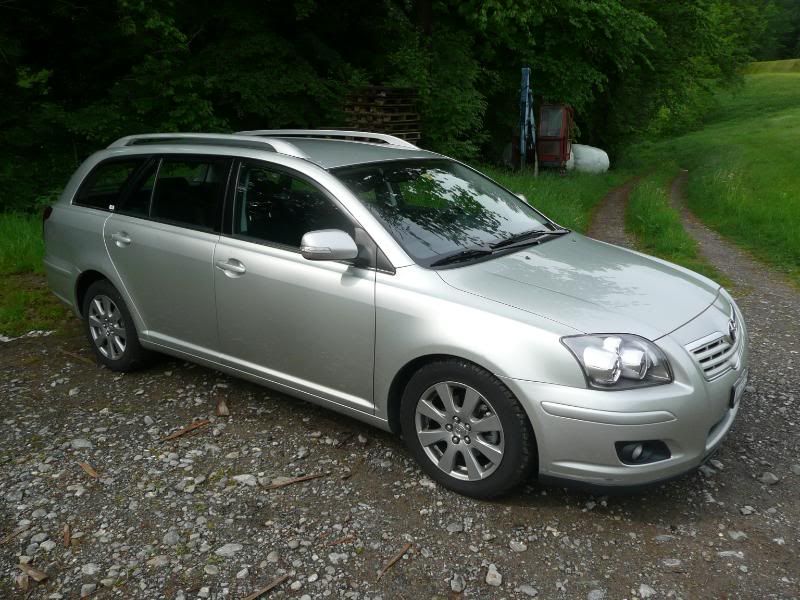When I arrived at the Hertz counter in Zurich airport to collect the latest test car, I found that I was allocated something with which I was already quite familiar, having driven a couple of examples of the model in the UK, namely the Toyota Avensis. Those had both been hatchback models, whereas this one was to be one with the estate body. Forward of the C pillars, the two are identical, as indeed is the third bodystyle on offer, a traditional four door saloon, so all the differences were going to come from the extra versatility endowed by the estate body and any minor differences in trim, which in the case of this test car was called Luna, European market cars having trim names as opposed to the series of T2, T3, T3X, T-4 and T-Spirit monikers which are used in the UK. Those UK-sourced hatch models had – just as I expected – shown themselves to be not exactly what you would call exciting, but I had found them to be utterly competent, so I was not unhappy at this allocation. Having driven 500 km in this estate version, I find I now reach the same conclusion as I did before.
As it is an estate, perhaps I should start with practicalities. There is a large, regular shaped boot, which is provided with a neat roller cover. The entire cover can be easily removed (or relocated), by pressing two buttons and just lifting the entire unit out of its two locating slots. Lifting the seat squabs up, and allowing them to pivot forward slightly forms a neat barrier behind the front seats, and the rear seat cushions can then be dropped to form a completely flat, long load area, which narrows just a little for the rear wheel arch and suspension mountings. Under the floor, there are a number of admittedly shallow storage areas, which are useful for things like the warning triangle. In the cabin there is a decent glovebox, and bins on the doors, a cubby under the central armrest and a useful lidded area on the top of the dash for those odds and ends.
So, top marks for being a practical load carrier, then. I think it would also score highly for carrying people. Doubtless the next generation of this car will suffer the “size upgrade” that seems to afflict every model, so until that happens, it must now be considered smaller than average in its class, but even so there was plenty of space in the rear seats for three people, with ample leg, shoulder and head room. Passengers here get the benefit of a drop-down armrest, and there are map pockets on the back of the front seats as well as bins on the doors for any bits and pieces.
Up front it’s also a good story. Although the front seats had a ratchet adjustment on the backrest, meaning it is not continuously adjustable, I managed easily to get a comfortable driving position, and the 500 km I covered in one day certainly left me feeling as fresh as I had been when I started. All the driving controls fell nicely to hand, and were easy to use. Although the gearlever looks a little spindly, and I was not entirely taken with the fake carbon-fibre inset (something added in the facelift that arrived a couple of years ago), it fell readily to hand, and offered up a very positive and light change. What I did like about the whole dashboard and control layout was its simplicity and ease of use. A quick glance was sufficient to figure out where everything was and how it worked. Given the soggy weather during the time I had this car, I really liked the fact that the intermittent wiper setting had a sensing feature on it, so the wipers adjusted accordingly. If you wanted a specific speed of operation, that was available from a fixed setting. The dials were clear and unfussy, the stereo was of a decent quality and easy to use, and the air con and climate control were also very straight-forward. About the only demerit was the rather unpleasant seat trim material, which looked and felt rather cheap. But similar trimmed models of this car’s competitors all seem to come with similarly nasty stuff these days. Perhaps it is hard wearing?
In some markets a 1.6 litre petrol engine sits at the bottom of the range, but in others, including the UK and Switzerland, the entry point is a 1.8 litre petrol and that is what was fitted to the test car. It generates a decent 127 bhp, and was coupled to a five speed manual transmission. Although it would never win any prizes for excitement, this combination proved well up to the challenge of propelling the car. Not particularly fast, and in need of being worked quite hard, as you would perhaps expect for an entry level car, but it was smooth and refined enough that you did not mind. Not only that, but it delivered commendable economy. I put in just 31 litres, having driven 511 km, which comes out at 46 mpg. This must have been a rare case where the rental car was actually full of fuel rather than just having a gauge which made you believe it was full. Even so, I thought that a rather good figure, even allowing for a certain amount of steady cruising on the autobahn. I recall being impressed by the hatch model’s parsimony as well. Other dynamics were fine. Yes, the steering and handling is not quite up to the standards of the best in class, but they were perfectly fit for purpose. The brakes were positive, and the ride was good.
So, not much wrong with it at all, really. Exciting? No, not at all, but the people who buy it would not care about that. They want practical transport for up to 5 people and luggage, and a car that will do everything for a long time without causing offence. And that’s exactly what the Toyota Avensis is. An “honest motor car”, if you will.

